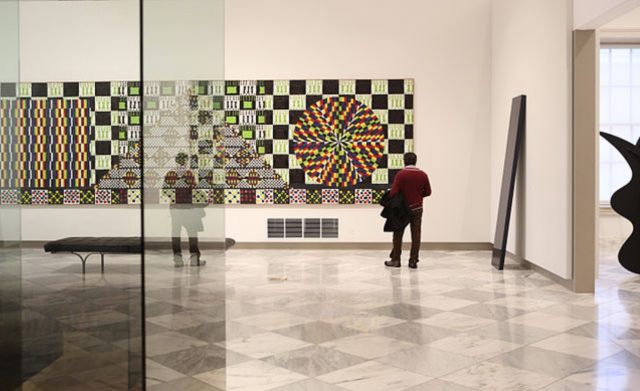The United States’ diverse art history extends from the most punctual native societies to the later globalization of contemporary workmanship. Hundreds of years before the primary European colonizers, Native American people groups had created custom and utilitarian items that mirrored the common habitat and their convictions. After the appearance of Europeans, specialists looked to European propensities in likeness and scene painting to make portrayals of the new land. American art has a long and interesting history. Important events have shaped the way we perceive them.
Key Ideas in American Art
The aesthetic manifestations of the Native American clans were shifted and since quite a while ago held even though they were not perceived by European colonizers. Having large amounts of different media and styles, Native American workmanship enveloped the embellishing, utilitarian, and ceremonial. Joining European styles and materials in the nineteenth century, Native American specialists changed customary subjects and cycles to recount their accounts and keep on doing so today.
As the United States’ area developed through the nineteenth century because of the addition of land, both canvas and photography show the predetermination thoughts of American excellence and sentimental ideas of public personality. Enormous scene compositions portraying the American West caught the sublimity of the regular scene, and photography specifically was instrumental now and again in the production of National Parks.
For some craftsmanship students of history, the assignment “American Art” typically finished at World War II. After the worldwide acknowledgment of Abstract Expressionism, the workmanship world turned out to be progressively globalized and diffuse, with styles and patterns rehearsed in all edges of the world, yet late grant has zeroed in on the transnational discoursed that are happening now and following those back to make a more extravagant comprehension of the specialty of the United States.
American Folk Art
A lot of American folk art is utilitarian, as models were nonentities for boats, weathervanes, and cut headstones, however, outlined weavings and velvet compositions were likewise made for divider adornments. Early American people, painters were called limners, from a term limning, signifying, “to plot in clear, sharp detail.”
Often self-educated, limners headed out from town to town and earned enough to pay the bills by offering to paint anything, from finished paperwork for nearby dealers to cultivate executes and carriages. Intensely hued and illustrated without displaying or concealing, society craftsmanship depictions were frequently private, portraying the sitter with a couple of articles that were of individual importance. People craftsmanship likewise drew upon African American conventions; during the 1880s Harriet Powers, a previous slave, started displaying her blankets, portraying incredible stories in a strong tone and mathematical structures and examples.
Conclusion
The best place to appreciate and admire art is a Museum. The American Art Museum has the right to be better known. One explanation behind its overall lack of definition may be that American craftsmanship is itself not notable, even among Americans. To walk around the gallery is to find a noteworthy convention in work of art and model, similar to yet particular from that of Europe. American craftsmen have consistently remained established in the ordinary, and the scenes that welcome you on these dividers are ones you perceive from growing up—glorious scenes, still life, scenes of home and ranch and hearth, and the account of our set of experiences.





